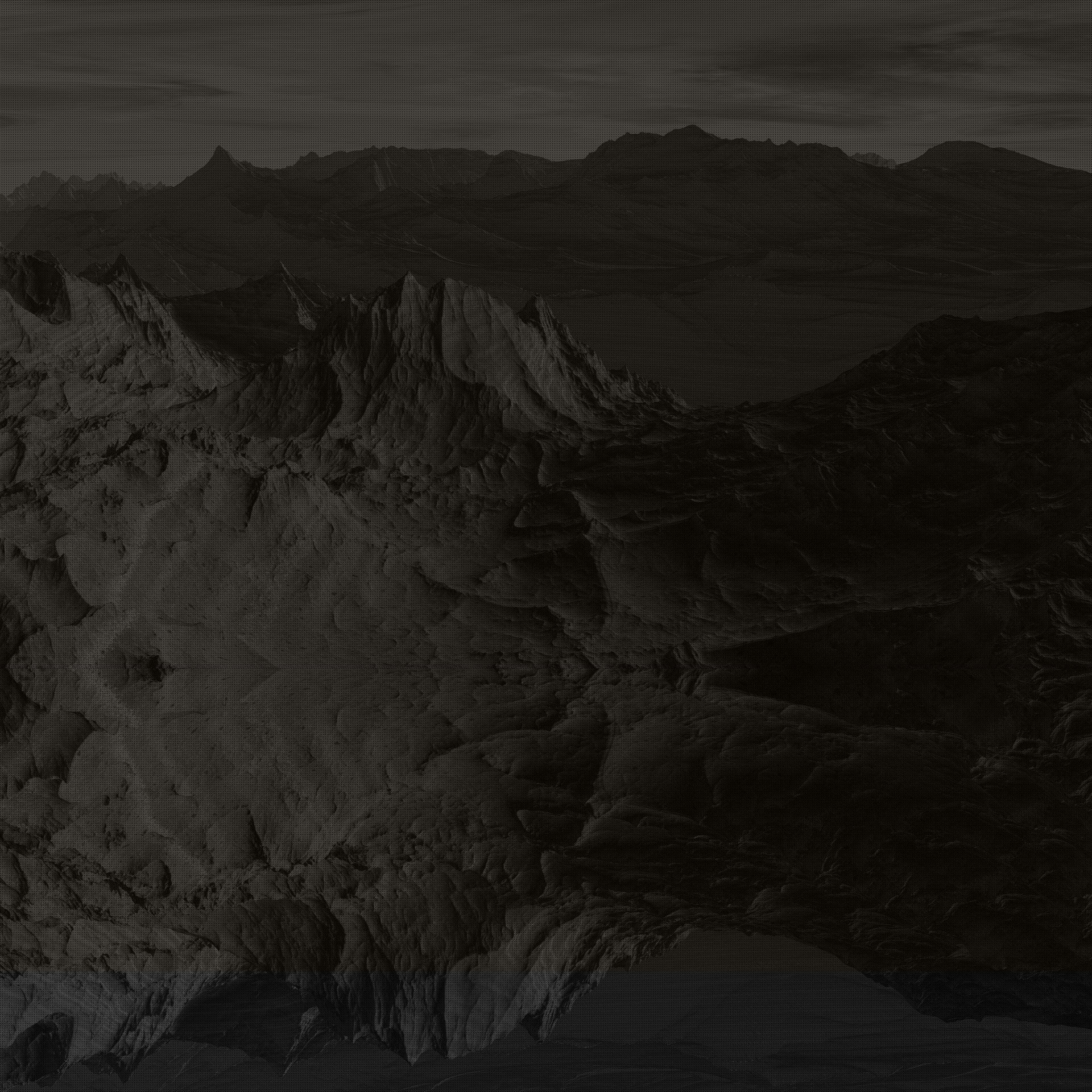Colour theory - Day 109
- Jessica Lamb
- Oct 4, 2022
- 3 min read
Thursday 14th July 2022
So today we learnt about image manipulation. File format re-cap OpenEXR = linear, TIFF = ambiguous, Cineon DPX = log, JPG = SRGB, Raw but still formats = Adobe RGB, Raw video formats = Bespoke log, HD video = Rec709, Film = special 3D luts. VFX = has to be done in a linerar space meaning the source material has to be linearised. OpenEXR = standard. Log space is very useful to step in and out of the source material. You will always require luts to emaulate final deliverable. Premultiplication. It is based on the Porter-duff model published in 1984 and expounded the notion of the alpha channel developed by Alvy Ray Smith in the 1970s. This was to address the partial transparency of foreground elements. Multiplication is a must with an alpha channel as its necessity while compostiting premultiplied input. IF the colour values of the input are all the premultiplied by their alpha values then the compositing or "over" equation is greatly simplified. But this is only valid if the colour values are premultiplied. Otherwise, we are dealing with an ill-defined colour state and unbalanced equation. As a result if an image is truly premultiplied a colour value can never exceed that of its attacted alpha channel. However, if the colour values are not premultiplied and you try to perform a classic over operation something will go wrong and weird. For example, if the alpha channel arent clamped to a 0-1 range the maths will be wrong and the image will sufer unwanted multiplication or division. But if there is no clear relationship between colour and alpha channels the results will be unpredicitible. Then, if the FG element has been double premulted or is in a unpremultiplied state before an over you will get black or white edges between you FG and BG. true compositing programmes like Nuke gives you premultiply and unpremultiply operators to assiociate and dissociate colour channels with an alpha channel. All compositing operators require either an associated or dissociated stale like a premultiplied or unpremultiplied image for the operations to work. However, photoshop masks are unrelated to their affected colour channel. IIt is a pragramme that never included the Porter-duff paradigm. Therefore, filtering and transforms can not be performed correctly on the FG elements. An over operation requires premultiplied colour values. Any form of all CC requires the relevant image in an unpremultiplied state for the correction and premultiplied again afterwards. Any form of filtering or transformations including decovolution operations A.K.A sharpening and bluring requires the colour values to be in a premultiplied state before performing then otherwise the results of the image is inaccurate if not int this state. Blend modes: over, addmix, keymix, add, multiply, min/max, average/blend/mix, dangers of screen, overlay and soft light modes. The over equation must be done in linear space. Add mix = manual control over the alphas and how they multiply FG and BG and this is how optical compositing was performed. Keymix = just like an alpha but allows for seperate manual control over the alpha channel. Both of these nodes expect an unpremultiplied input. Danger of edge/m,atte lines. The add mode is an essential lighting operation - lighting is purely and simply additive. The multiply mode, almost invariable used to control and limit the influence of the image by dint of a matte e.g. 1 corresponding to full effect and 0 no effect. A.K.A lighten the image but only where it isnt occluded multiply by the AMBOCC pass before adding it in. Min/max mode. Extremly useful when combining mattes - Max oftern useful when combining keyed mattes to reduce noise. Average/blend/mix mode a way of blending two different outputs based on an average or a better weighted average. Dangers of screen mode. Screen is basically the opposite of multiply. It is essentially a double of exposure. Any operation with a complement or inverse introduces clipping and rules out the use of superwhites/HDR. The screen element has to be on a true 0 BG never screen fog. Always composite (over/keymix) due to wanted opacity and control. However, its very useful for combining mattes. Overlay and soft light modes. Overlay is the combination of screen and multiply modes. Soft light mode is similar to overlay and also discontinues. Filtering, interpolation, filter(bilinear, bicubical e.c.t.), convolution kernals(blurring,sharpening,AA,e.c.t.), interpolation, Unlike a colour correction operation any geometric transformations(scale, rotate, e.c.t.) requires a premulted image and some kind of filtering. Filtering is necessary because of the process of image interpolation that essentially has to create new data by sampling the source data. Transform V position tracking, scaling, rotating or reformatting any image requires sub-pixel accuracy and the creation of new data via interpolation. This results in image degradation so mangering damage limitation is essential. If you are only repositioning use position node. Bilinear filter. Abstract representation of how a bilinear filter creates new values by blending between the neighbouring 4 corner texel values.





Comments